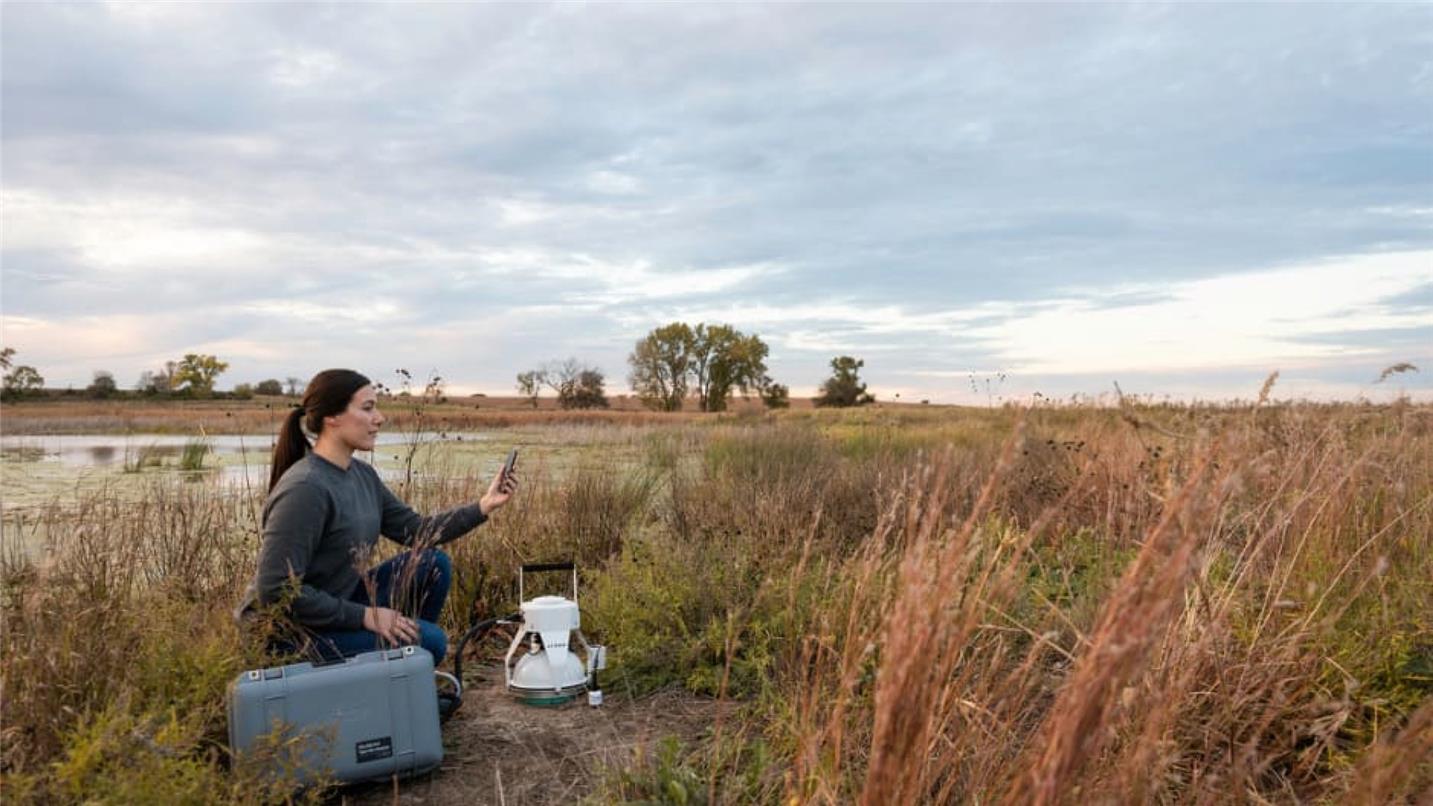The issue
Detecting biogas leaks in landfills is a complex task time-consuming task due to the vast area. In addition to the negative environmental impact, biogas leaks result in economic losses by wasting valuable energy resources.
The solution
To address these challenges, the landfill management sought assistance from the SUEZ Air & Climate team. They proposed the implementation of AirAdvanced®-SCAN360, which is used to identify fugitive emissions and quantify the associated CH4 flux. It also provides data and technical recommendations to support investments and optimize biogas recovery.
By focusing on CH4 emissions, the SUEZ AirAdvanced®-SCAN360 service was able to:
- Accurately detect GHG emissions in the air, allowing them to identify diffuse and fugitive emissions.
- Provide quantitative results based on cutting-edge instrumentation.
- Quantify GHG emissions from different sources over a period of time by using reverse modelling methods.
- Help operators of the facility to develop and prioritise strategies to reduce GHG emissions.
The SUEZ SCAN360 team worked with other partners, such as Laboratoires des Sciences du Climat et de l’Environnement (LSCE), a French research laboratory that studies climate change and conducts climate modelling. Specifically, they conducted the following steps at the landfill:
- An on-site measurement campaign and data analysis to create a spatial distribution map of CH4 emissions concentrations across the facility
- Inverse dispersion modelling to determine CH4 emissions flux as ‘kg CH4/yr of biogas’ for the entire site, including the individual contributions of major sources.
- Evaluated the effectiveness of different measures to reduce greenhouse gas emissions from biogas production and updated the theoretical models accordingly.
- Collaborated with LSCE and other experts to identify appropriate actions to mitigate emissions.
Comprehensive and innovative, AirAdvanced®-SCAN360 is a first step towards concrete actions to reduce the landfill’s carbon footprint, increase biogas extraction, and generate energy from residual waste.
The results

SUEZ Air Solution’s AirAdvanced-SCAN360 is a versatile application that helps identify and measure GHGs (N2O, CH4 & CO2) in the ambient phase. It has multiple applications, such as evaluating a site’s overall emissions, identifying significant sources, supporting maintenance programmes, benchmarking performance, and driving process improvements for OpEx savings.Craig Lewis, SUEZ UK Air & Climate Manager

